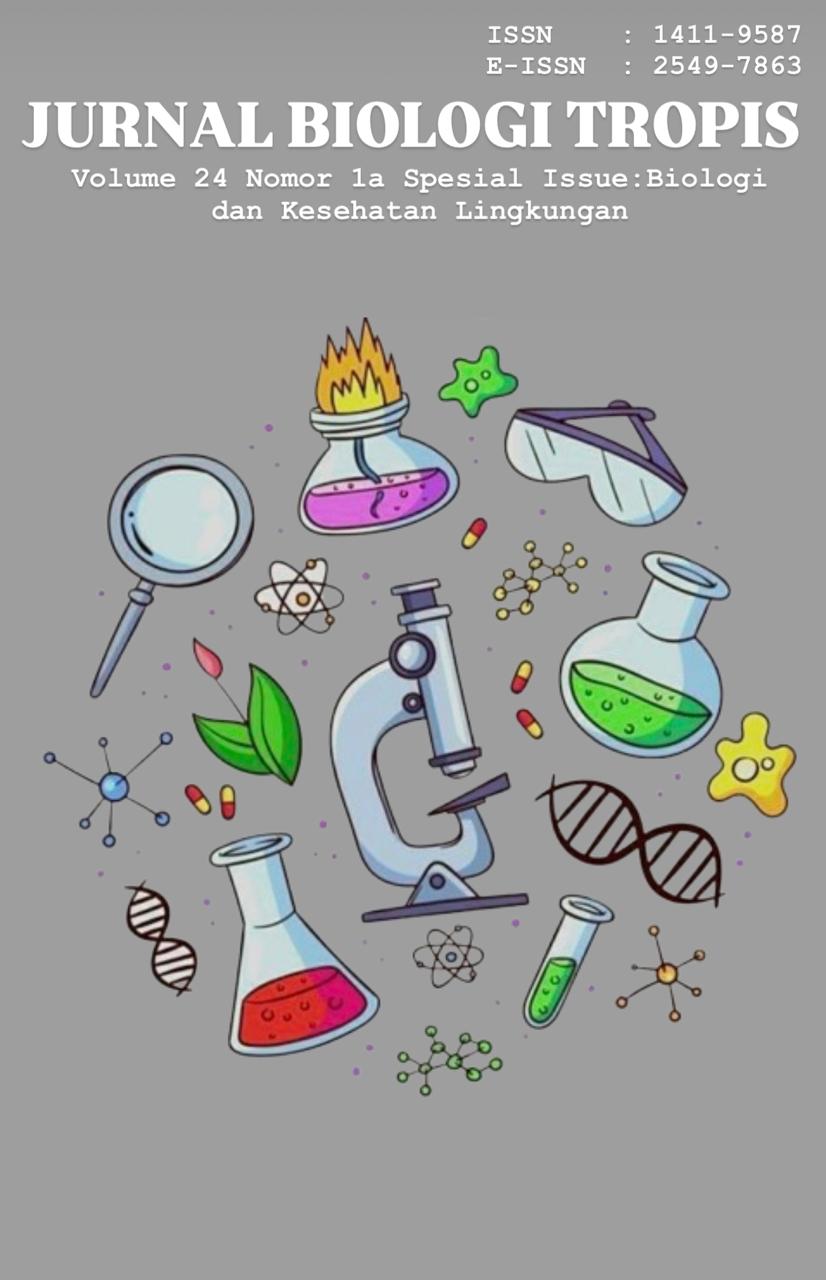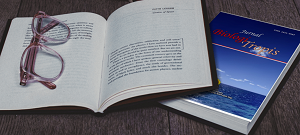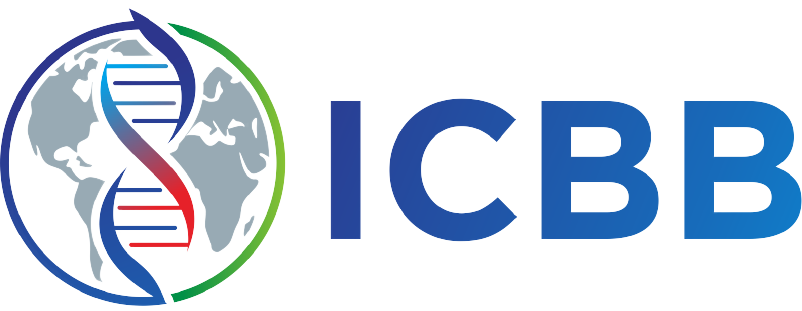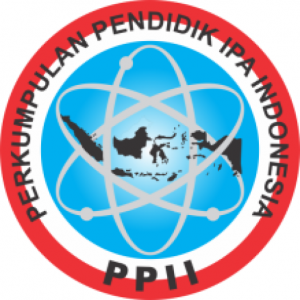Formulation and Evaluation of Moringa Leaf Ethanol Extract Emulgel and its Effectiveness Test Against Staphylococcus aureus
Authors
Talitha Hasna Raissa , Eskarani Tri Pratiwi , Agriana Rosmalina HidayatiDOI:
10.29303/jbt.v24i1b.8218Published:
2024-12-30Issue:
Vol. 24 No. 1b (2024): Special IssueKeywords:
Emulgel, moringa leaves, Staphylococcus aureus, tannin.Articles
Downloads
How to Cite
Downloads
Metrics
Abstract
Moringa leaves (Moringa oleifera Lamk.) have Tannin compounds which are secondary metabolites as antibacterial. The purpose of this study is to determine the antibacterial properties of ethanol extract from moringa leaves against Staphylococcus aureus. The research methods began with the extraction of Moringa leaves using sonication with 96% ethanol as the solvent, followed by testing the antibacterial effectiveness of the extract at concentrations of 5%, 10%, and 20%. The extract concentration with the best inhibition zone diameter was formulated into an emulgel, followed by physical evaluation of the formulation and testing its effectiveness against Staphylococcus aureus. The bacterial inhibition zone was measured to determine the antibacterial level of the extract and emulgel formulation. The results of antibacterial effectiveness were evaluated using the One Way ANOVA test with a confidence level of 95%. The yield of the extract was found to be 13.05%. The inhibition zone diameters for the ethanol extract of Moringa leaves at concentrations of 5%, 10%, and 20% were 4.8 mm, 5.3 mm, and 8.1 mm, respectively. The physical evaluation of the ethanol extract emulgel formulation met the criteria for a good emulgel. The emulgel containing 4% ethanol extract from Moringa leaves produced an inhibition zone diameter of 4.8 mm, indicating weak antibacterial effectiveness. There was a significant difference between the treatment groups according to the results of the One Way ANOVA test with a significance value (p=0.000). This study found that Moringa oleifera leaf ethanol extract has the ability as an antibacterial; however, its effectiveness decreases when formulated into an emulgel, likely due to the reduction in extract concentration in the final formulation.
References
Almagfirah, N., & Laenggeng, A. H. (2022). Fortifikasi Tepung Daun Kelor (Moringa oleifera) pada Pembuatan Mie Basah Terhadap Kandungan Karbohidrat dan Protein Serta Pemanfaatannya Sebagai Media Pembelajaran. Journal of Biology Science and Education, 10(1), 10-15.
Dahlan, M. S. (2011). Statistik untuk kedokteran dan kesehatan. Penerbit Salemba.
Davidson, P. M., Sofos, J. N., & Branen, A. I. (2005). Antimicrobials in food (3rd ed.). New York, NY: Taylor & Francis Group.
Departemen Kesehatan Republik Indonesia. 1977. Materia Medika Indonesia Jilid I. Jakarta: Direktorat Pengawasan Obat dan Makanan. p.43, 76, 80
Diana, A. N. (2022). Pengaruh Metode Ekstraksi Sonikasi Dan Maserasi Kinetik Terhadap Aktivitas Antioksidan Daun Kenikir (Cosmos caudatus Kunth.) Doctoral dissertation. Universitas dr. SOEBANDI.
Dima, L. R. (2016). Uji aktivitas antibakteri ekstrak daun kelor (Moringa oleifera L.) terhadap bakteri Escherichia coli dan Staphylococcus aureus. Pharmacon, 5(2).
Habiba, S. A. (2021). Pengaruh Konsentrasi Karbomer-940 pada Sediaan Emulgel Minyak Zaitun dan Ekstrak Daun Kelor (Doctoral dissertation, Stikes Karya Putra Bangsa Tulungagung).
Habiba, S. A., Tilarso, D. P., & Putri, A. E. (2022). Pengaruh Konsentrasi Karbomer-940 pada Sediaan Emulgel Minyak Zaitun dan Ekstrak Daun Kelor. Jurnal Sains Dan Kesehatan, 4(2), 138–146. https://doi.org/10.25026/jsk.v4i2.894
Harborne, J. B. 1987. Metode Fitokimia Penuntun Cara Modern Menganalisis Tumbuhan. Bandung: ITB
Huang, J., Zaynab, M., Sharif, Y., Khan, J., Al-Yahyai, R., Sadder, M., ... & Li, S. (2024). Tannins as Antimicrobial Agents: Understanding Toxic Effects on Pathogens. Toxicon, 107812.
Ishak, P., Mohamad, F., Wicita, P. S., Slamet, N. S., & Imran, A. K. (2022). Uji Aktivitas Antibakteri Sediaan Peel off Mask Ekstrak Etanol Daun Kelor. Jurnal Katalisator, 7(1), 148-160.
Jamilah, U. (2021). Aktivitas Antioksidan Ekstrak Air dan Etanol Daun Kelor (Moringa oleifera Lamk.) Menggunakan Metode Ekstraksi Sonikasi. Skripsi.Unversitas Islam Negeri Maulana Malik Ibrahim. Malang.
Larasati, T., Yassi, R. M., & Malis, E. (2021). Pengaruh Jenis Pelarut dalam Ekstraksi Daun Kelor (moringa oleifera) terhadap Daya Mortalitas Larva (aedes aegypti). Jurnal Crystal: Publikasi Penelitian Kimia dan Terapannya, 3(1), 12-25.
Madikizella, F., & Astuti, M. (2022). Kelayakan Masker Tradisional Daun Kelor Untuk Perawatan Kulit Wajah Kering. Jurnal Tata Rias dan Kecantikan, 2(3), 110- 113.
Meila, O., & Noraini, N. (2017). Uji Aktivitas Antidiabetes dari Ekstrak Metanol Buah Kiwi (Actinidia deliciosa) melalui Penghambatan Aktivitas α-Glukosidase. Jurnal Farmasi Galenika (Galenika Journal of Pharmacy)(e-Journal), 3(2), 132-137.
Meilina, N.E., dan Hasanah, A.N. 2018. Aktivitas Antibakteri Ekstrak Kulit Buah Manggis (Garnicia Mangostana L.) Terhadap Bakteri Penyebab Jerawat. Jurnal Farmaka 16(2):322–23.
Mohamed, M. I. (2004). Optimization of chlorphenesin emulgel formulation. The AAPS journal, 6, 81-87.
Mohite, S. V., Salunkhe, A. K., & Sudke, Suresh G. (2019). Emulgel: A Novel Approach For Hydrophobic Drugs. American Journal of PharmTech Research, 9(2), 208–224. https://doi.org/10.46624/ajptr.2019.v9.i2.018
Ngajow M, Abidjulu J, Kamu VS. 2013. Pengaruh antibakteri ekstrak kulit batang matoa (Pometia pinnata) terhadap bakteri Mo secara in vitro. Jurnal MIPA UNSRAT Online. 2(2). 128-32.
Ningtyas, R. 2010. antioksidan, Uji antibakteri JOM Faperta Vol. 3 No. 1 Februari 2016
JOM Faperta Vol. 3 No. 1 Februari 2016 ekstrak air daun kecombrang (Etlingera elatior (Jack) R. M. Smith) sebagai pengawet alami terhadap Escherichia coli dan Staphylococcus aureus. Skripsi Fakultas Sains dan Teknologi Universitas Islam Negri
Nurdianti, L. (2018). Evaluasi sediaan emulgel anti jerawat tea tree (Melaleuca alternifolia) oil dengan menggunakan hpmc sebagai gelling agent. Journal of Pharmacopolium, 1(1).
Puspa, S. (2019) 'Formulasi Dan Uji Aktivitas Antioksidan Emulgel Minyak Atsiri Bunga Cengkeh Menggunakan DPPH'. Journal of Chemical Information and Modeling, 4(1), pp. 1–4.
Putri, Y. H., & Mulyaningtyas, I. A. (2023). Uji Kualitatif Senyawa Polifenol, Tanin, Dan Alkaloid Pada Ekstrak Etanol Daun Sirih Hijau (Piper Betle L.) Menggunakan Metode Kromatografi Lapis Tipis. Skripsi. Universitas Muhammadiyah Surakarta.
Ratu, c. J. (2021). Pengaruh variasi konsentrasi tween 80-span 60 sediaan emulgel vco dan ekstrak daun kelor (Moringa oleifera Lam.). Skripsi. Stikes Karya Putra Bangsa Tulungagung.
Rowe, R. (2013). Handbook of Pharmaceutical Excipients – 7th Edition. Pharmaceutical Development and Technology, 18(2), 544–544. https://doi.org/10.3109/10837450.201 2.751408
Soamole, H., Hasri, S., Sanger, G., Silvana, D., & Harikedua. (2018). Kandungan fitokimia ekstrak etanol rumput laut segar (Turbinaria sp., Gracilaria sp., dan Halimedia macroloba). Jurnal Media Teknologi Hasil Perikanan, 6(3), 94–98.
Talat, M., Zaman, M., Khan, R., & et al. (2021). Emulgel: an effective drug delivery system. Drug Development and Industrial Pharmacy, 01-05.
Trampuz, A., & Widmer, A. F. (2004). Hand hygiene: A frequently missed lifesaving opportunity during patient care. Mayo Clinic Proceedings, 79(1), 109–116.
Vanpariya, F., Shiroya, M., & Malaviya, M. (2019). Emulgel : A Review. International Journal of Science and Research, 847-851
Wulandari, A., Farida, Y., & Taurhesia, S. (2020). Perbandingan aktivitas ekstrak daun kelor dan teh hijau serta kombinasi sebagai antibakteri penyebab jerawat. Jurnal Fitofarmaka Indonesia, 7(2), 23-29.
License
Copyright (c) 2025 Talitha Hasna Raissa, Eskarani Tri Pratiwi, Agriana Rosmalina Hidayati

This work is licensed under a Creative Commons Attribution 4.0 International License.

Jurnal Biologi Tropis is licensed under a Creative Commons Attribution 4.0 International License.
The copyright of the received article shall be assigned to the author as the owner of the paper. The intended copyright includes the right to publish the article in various forms (including reprints). The journal maintains the publishing rights to the published articles.
Authors are permitted to disseminate published articles by sharing the link/DOI of the article at the journal. Authors are allowed to use their articles for any legal purposes deemed necessary without written permission from the journal with an acknowledgment of initial publication to this journal.

